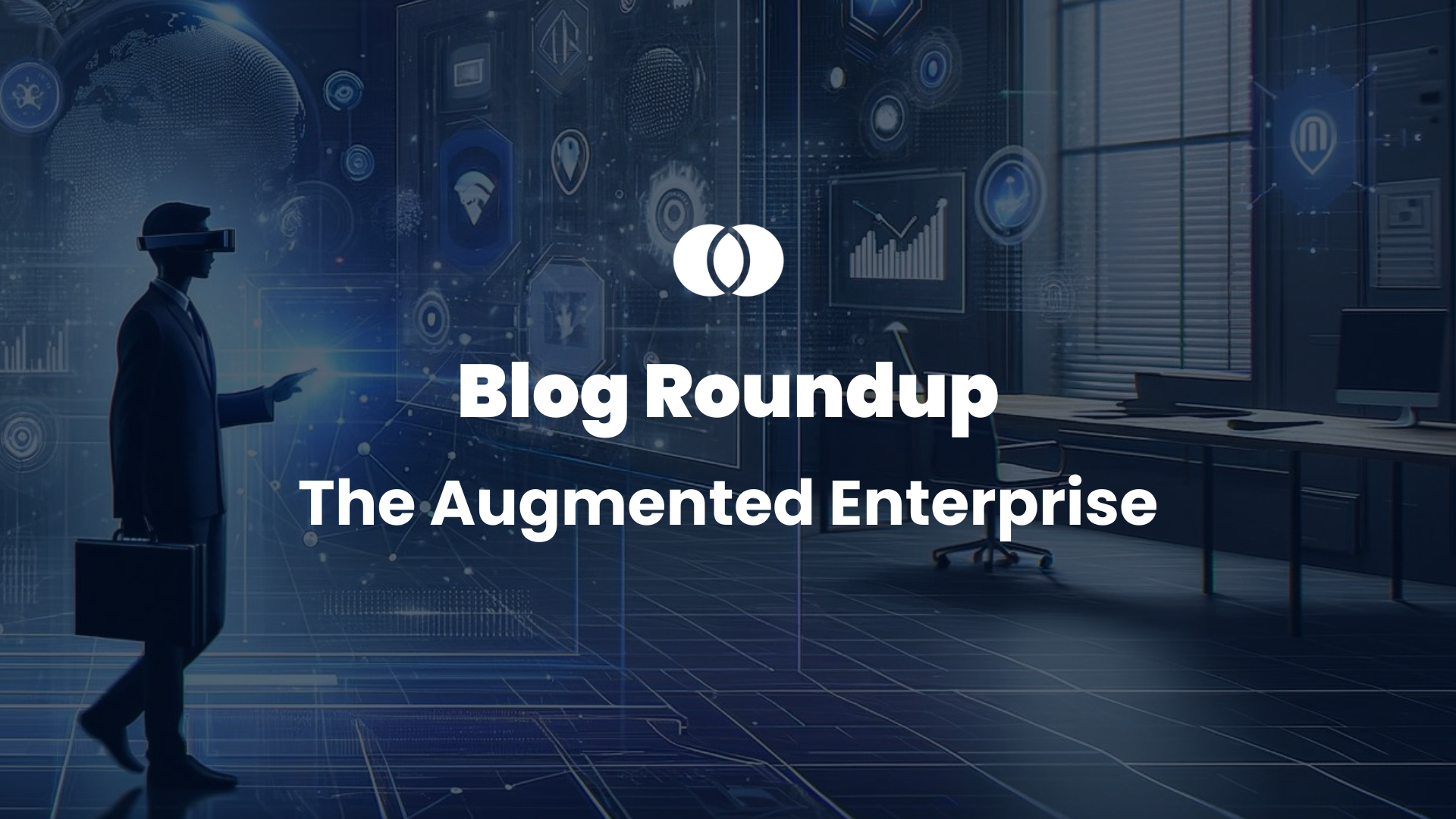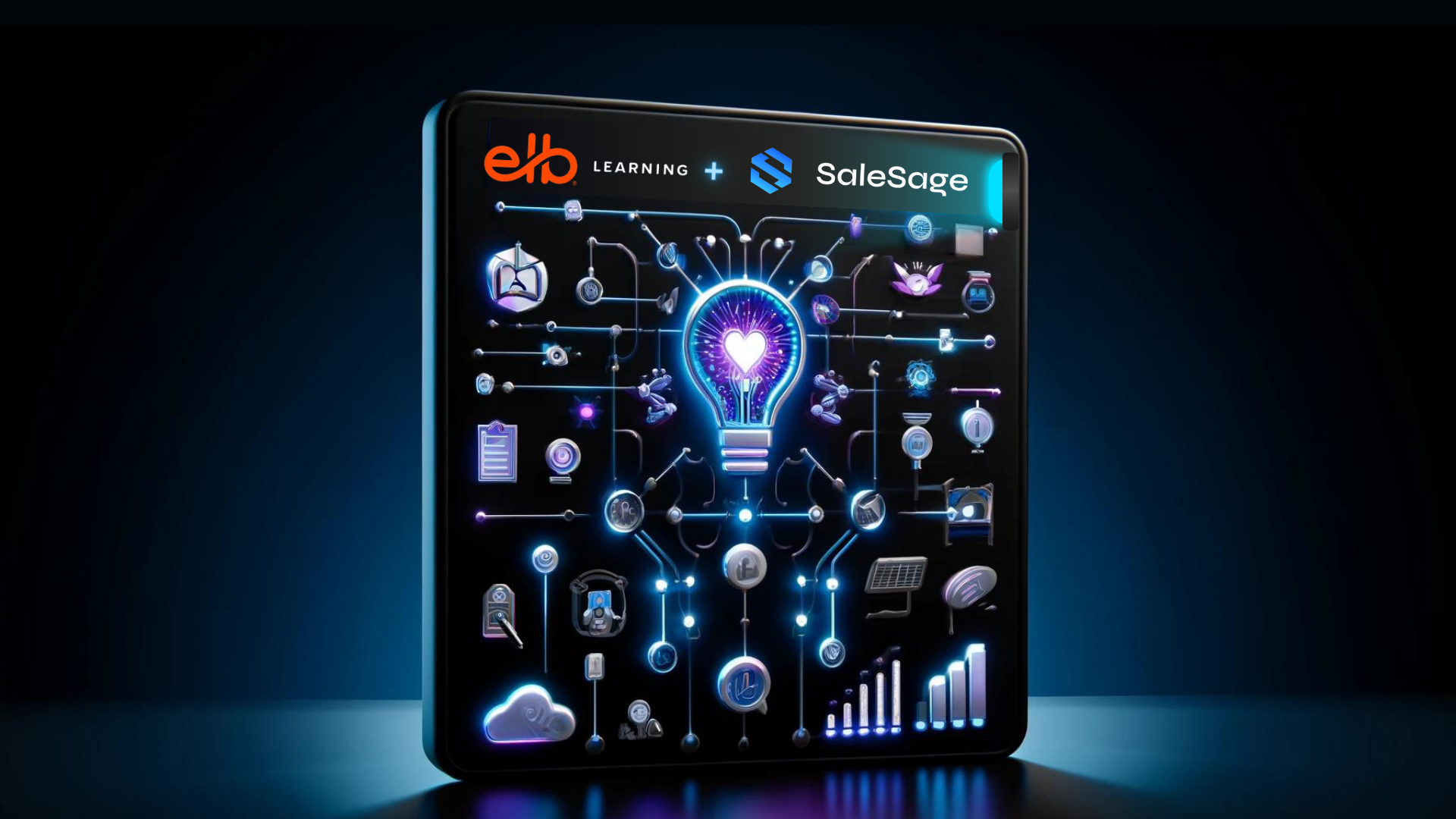In the rapidly evolving landscape of business technology, the emergence of Augmented Enterprises (AE) marks a pivotal shift towards a future where artificial intelligence (AI) and human intelligence converge to redefine productivity, innovation, and efficiency. At Problem Solutions, we’ve embarked on a journey to explore and share the transformative impact of AI within organizations. Join us as we dive into the core of Augmented Enterprises, guided by insights and reflections from our blogs.
Our exploration begins with understanding the transformative impact of AI in creating an augmented enterprise. This blog emphasizes the concept of Augmented Learning Organizations (ALOs) which thrive on adaptability and collective intelligence. Practical examples from agriculture and electrical work showcase AI’s potential in improving operational efficiency, decision-making, and personalized services. The necessity for organizations to evolve into ALOs that thrive on continuous learning and innovation is paramount.
Key Insight: “The augmented enterprise (AE) represents the future of work—a symbiotic environment where AI works hand in hand with people to elevate their intellectual capacity and streamline workforce productivity.” – Mike Hruska, Problem Solutions Founder & CEO.
The journey to becoming an AE requires a strategic approach that aligns AI implementation with organizational objectives. This blog details the necessity of fostering a culture of learning and innovation. By evaluating the organization’s current state and envisioning a future goal, businesses can embark on a transformative path that necessitates a mindset shift towards continuous learning, transparency, and collaboration.
Key Insight: The foundational shift in mindset and methodology required in the transformation to an AE means moving beyond traditional boundaries and embracing new ways of thinking and working.
Creating effective Augmented Intelligence Teams (AIT) that blend human and AI capabilities is crucial for enhancing organizational efficiency. This blog outlines a systematic approach for forming AITs, emphasizing the importance of collaborative skill sets and AI literacy. Crafting AITs requires a collective competency that enables seamless collaboration, focusing on a harmonious blend of skills to unlock AI’s true potential.
Key Insight: When evaluating AITs, don’t just focus on individual skills but also the evolving skill set that enables effective teamwork.
Addressing the human-centered approach in the AI transformation journey is critical. This blog highlights the importance of preparing teams for rapid adoption and adaptation to new technologies, addressing common concerns and fostering an environment of psychological safety. By proactively tackling apprehensions and involving team members in the AI integration process, organizations can ensure a smooth transition towards AI augmentation.
Key Insight: It’s essential to remember that this transformation isn’t merely about technology but the people wielding it. AI has the power to amplify our collective capabilities, but its successful integration requires a human-centered approach.
Our own transformation into an AE demonstrates the integration of AI agents across operational areas, leading to significant efficiency improvements. This blog showcases how leveraging AI enhances organizational efficiency, decision-making, and innovation, offering a blueprint for other companies to follow. The journey towards becoming an AE involves a cultural shift, embracing change, and continuous learning.
Key Insight: Becoming an Augmented Enterprise isn’t just about staying competitive – it’s about leading the way. It’s about embracing the future of work and reaping the rewards.
The concept of the virtual org chart, where AI agents are integrated as essential team members, represents a move towards flexible and adaptive organizations. This blog discusses the shift in organizational structure and the importance of treating AI as a collaborative partner, promising significant competitive advantages in the future market.
Key Insight: As an organization builds its skills to work with AI agents, members are not just learning to use a new tool – they are amplifying their abilities by collaborating with a new kind of team member.
Highlighting the evolution from chatbots to AI agents, this blog focuses on the capabilities of AI agents to provide contextually aware and meaningful interactions. The introduction of SaleSage, an AI-driven sales enablement platform, exemplifies the benefits of AI agents in transforming business processes and elevating the concept of AE.
Key Insight: AI agents are built to learn, adapt, and make decisions in real-time. Freed from the constraints of scripted responses, they possess the ability to understand context, analyze data, and engage in meaningful interactions.
Conclusion
As we navigate through the intricate dynamics of digital transformation, the insights from these blogs illuminate the path towards becoming an augmented enterprise. Embracing AI’s transformative potential is not merely an option but a necessity for staying relevant in the future market. “AI is such an immensely transformational technology unlike everything we’ve seen before. Creating a virtual org chart is key to unlocking a huge competitive advantage in the market of the future. Join us in embracing the power of AI.
“The future is here, and it is augmented.” – Michael Hruska, PS Founder & CEO.





